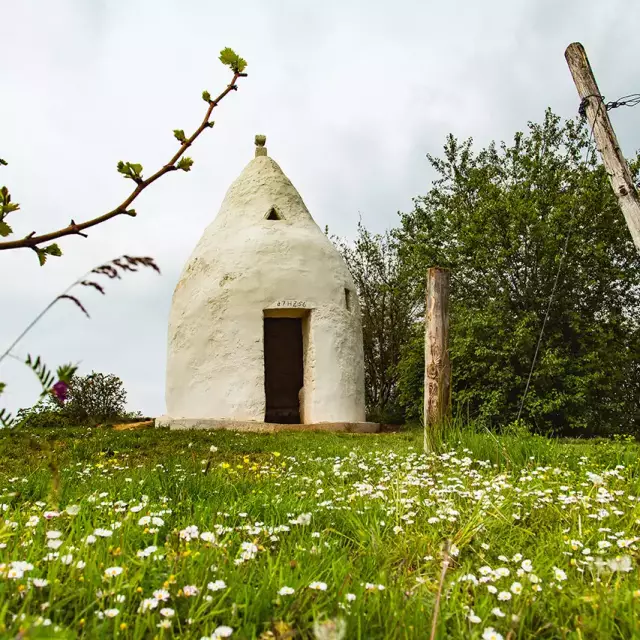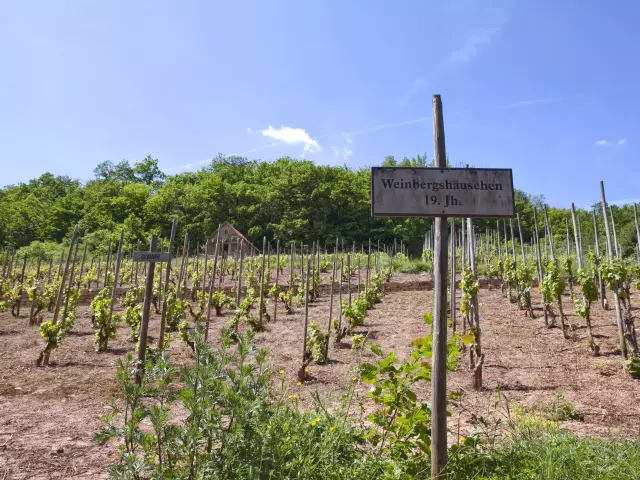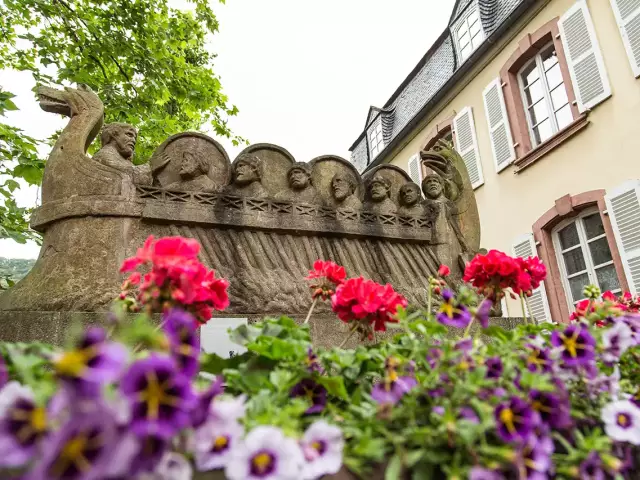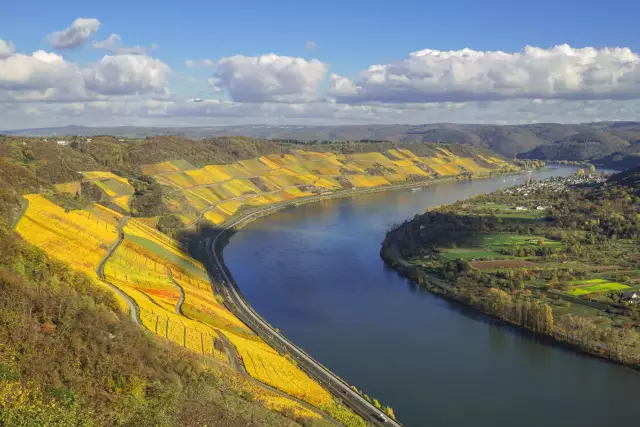Trullo, Trulli

Rheinhessen is the land of the trulli. Sounds like the title of a children's book, but it is a wine-cultural phenomenon that exists with a particular variety and frequency here in Germany's largest wine-growing region.
A trullo (plural: trulli) is a unique vineyard hut that looks like a cross between a cone and an igloo. The name, by the way, comes from Puglia in Italy, where similar round houses can be found. They were probably built by Lombard stonemasons who worked in the Flonheim quarries. In Rheinhessen, such a small hut is called a "Wingertshaisje". Many of these whitewashed huts with the characteristic stone "Zippus" as a crowning feature on the roof can be found in the vineyards of Rheinhessen, where they were built in the 18th and 19th centuries; a very fine example, probably the oldest in Rheinhessen, can be found near Flonheim in Rheinhessen hill country, namely on the Adelberg, above the Rabenkanzel in the Aulheimer Tälchen. The hiking trail that leads there is called "Hiwweltour Aulheimer Tal": - named after the gentle hills of Rheinhessen, which are called "Hiwwel" in local dialect.
Another trullo, the Laukhard Trullo, stands near Wendelsheim. It is a respectable five metres high. In the lintel, the year of construction is given as 1763. Friedrich Christian Laukhard, born in Wendelsheim in 1757, was a chronicler and author of the late Enlightenment. It is quite possible that he witnessed the construction work on the "Laukhard Trullo" as a child! In the southern Rheinhessen region, the Wonnegau, one can find many trulli in the vineyards. Sadly, they began to fall into disrepair as they were often no longer being used. However, in 1984, the Wine Brotherhood of Rheinhessen recognised the significance for wine culture of both these unusual structures as well as other vineyard huts in the region, so contacted the state's heritage authorities. Since 1987, the most beautiful trulli and other characteristic vineyard huts, have been awarded prizes and given a plaque. Meanwhile, they have almost become a symbol of Rhine-Hessian wines and a "trulli hike" is a most enjoyable diversion. These little huts were also intended as a resting place and the vineyard workers used to eat their snacks or shelter there in bad weather. Tools were probably also stored in the trulli. So, as you can see: Wine culture is more than grapes and terroir. In Germany's largest wine-growing region, it is also a matter of architecture.




